Lone has made some changes. Her column is now entitled, “A Year Later.” Why? “I’ve changed the title because our lives have changed.” She met Chuck Iffland, a sculptor from Chimacum, through Diane Haddon and Steve Parmelee and has also followed his work on Facebook, calling it “amazing.”
Here are excerpts from Lone Hansen’s extensive conversation with sculptor, Chuck Iffland, at his studio in Chimacum. Some wording and order has been revised to provide further clarity.
Lone Hansen: How have you managed your life and art this past year ?
Chuck Iffland: It’s been kind of a blessing and a nightmare. I’ve had time to work. My production has doubled. Even through all the sadness, I have five-acres, a studio, and we’re comfortable enough that we didn’t have to go out except for essentials. It’s like I’ve had a residency in my own home. Usually you go away for that, for the strangeness and the difference, and having the nonessentials stripped away. I haven’t had to do that.
LH: How long have you lived here?
CI: I moved here 20 years ago; before that I was in Seattle. I had a studio in Seattle for 15 years.
LH: When did you start creating art?
CI: I’ve also created art, even as a little kid. My grandmother was painter – a folk Victorian painter. It was kind of in the family. My dad was a metal craftsman and that went back generations. It made sense to combine the two. I’ve always been comfortable around tools.
LH: When did you first accept that you’re an artist?
CI: Probably when I was 27-years-old I committed to it, and it’s been the road ever since.
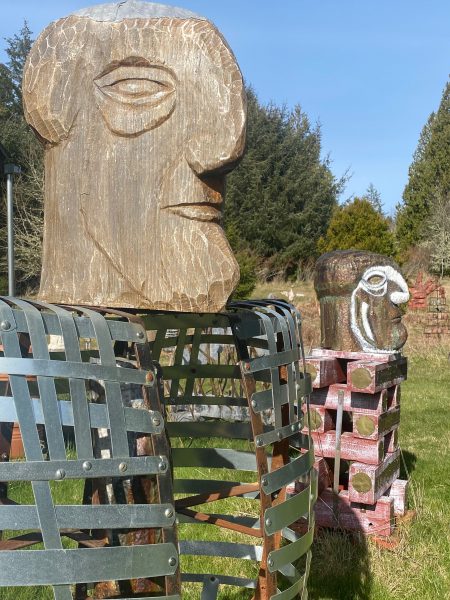
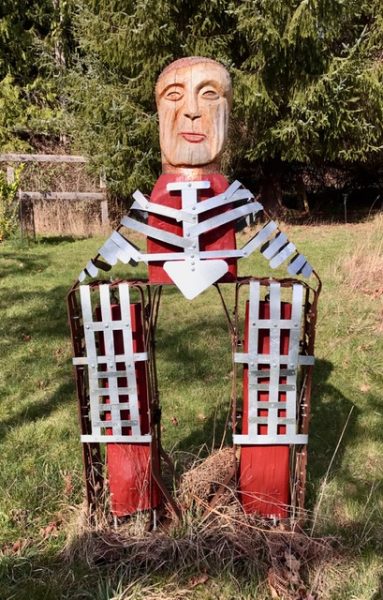
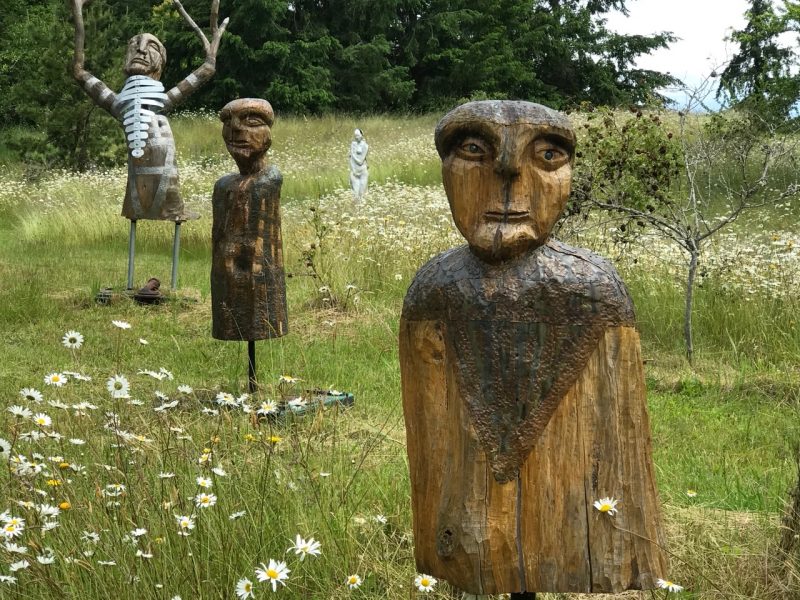
LH: How did you arrive at all the faces?
CI: Something I’ve always done. That’s what interests me. When I build a sculpture, instead of building from the ground up, I build from the head down. Sometimes I even have to hang the armature so I can build the structure underneath it. Because to me, that determines the body language. I start everything from the face and move from there.
LH: How do you sell your art?
CI: I’ve been my own dealer since 2012. I have sold online via Facebook, but I don’t really sell online. I follow threads, exploring rooms. I want to be surprised by the end of the day. I don’t want to know what’s happening at the end of the day.
LH: You must have a good client list.
CI: I do, except my clients are getting old now. I have to break into the digital world a little more, but that’s a little different.
LH: But it is amazing what you can do with that.
CI: You can reach way out.
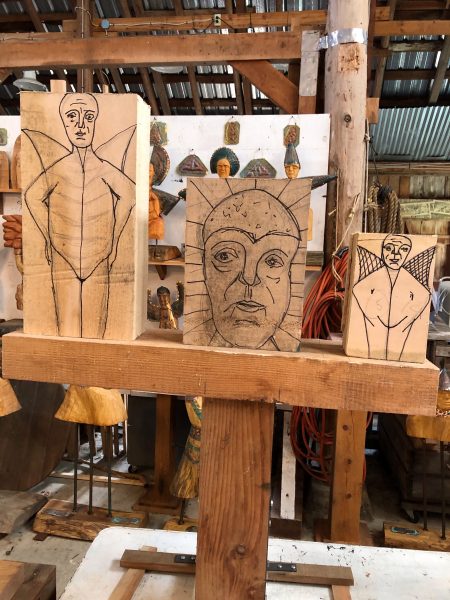
LH: So, these paintings are yours?
CI: I used to do both. That’s when I decided to move strictly to sculpture. Everything became so sculpturesque. It was time to realize that’s what I wanted to do. Being a sculptor is like running a small construction company on spec. You have to figure out ways to survive and make that happen, get your materials. When I lived in Seattle I worked mostly with stones from demolished buildings because it was available. Here I was near woods so I went to woods. I try to work with whatever is available.
LH: Where do you get your wood?
CI: People cut wood; they bring it to me. I’ve got people out there who work in cutting, they see stuff I may like and they [share it]. I’ve worked with red cedar, apple on my property. I use a lot of fruit wood because I have 25 fruit trees.
LH: Are you still producing a lot of large pieces?
CI: I do four to five big pieces a year. Now I’m moving to smaller pieces. I figured I’ll start drawing and printmaking toward the end.
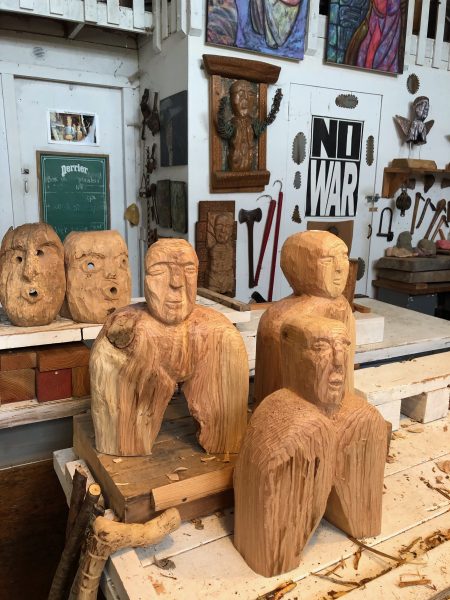
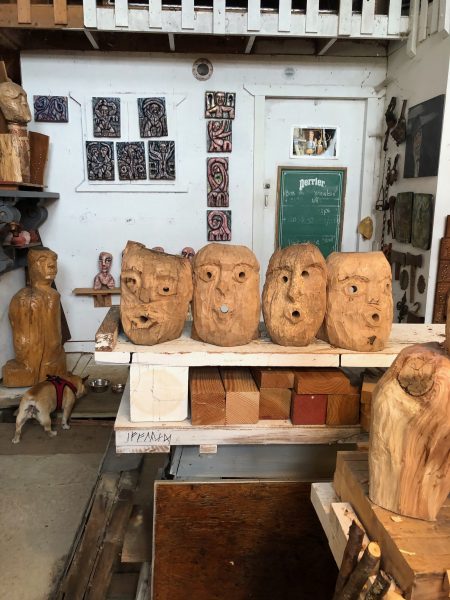
LH: How do you view your craft ?
CI: For me, it’s a life-long pursuit when I commit to something. Even back in my 20s. The road, you know.
LH: How can people contact you?
Mad Monkey Studio
iffland@pobox.com or www.chuckiffland.com
CHUCK IFFLAND’S WORK:
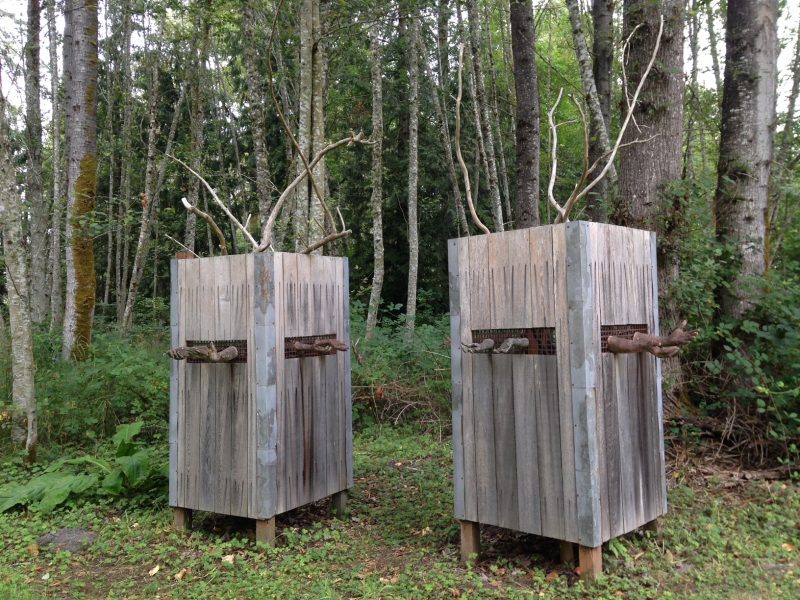
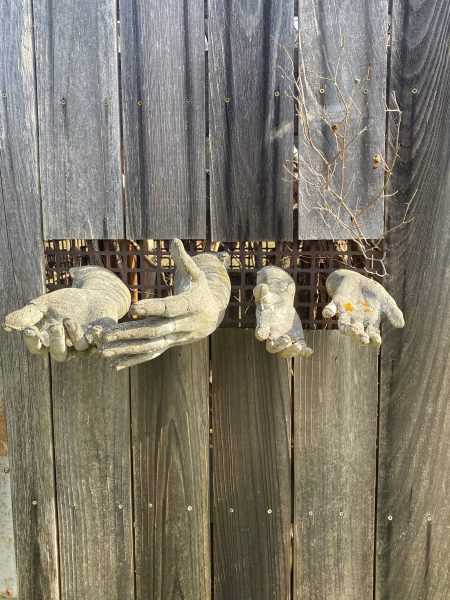
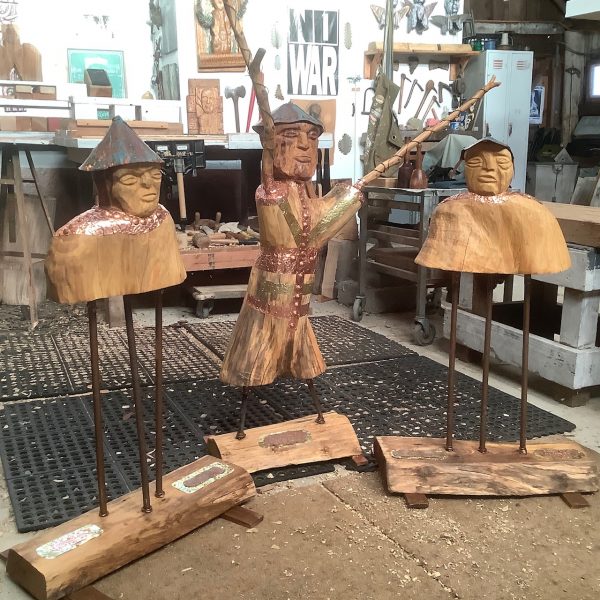
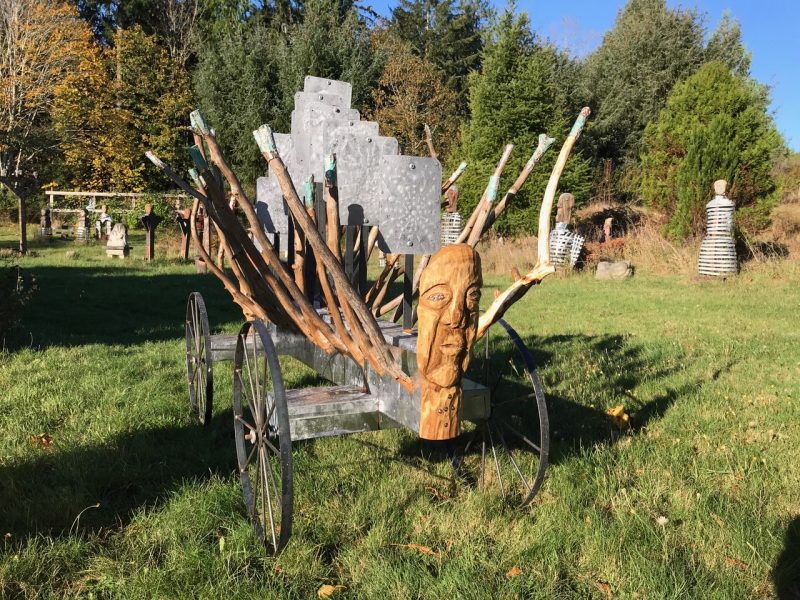
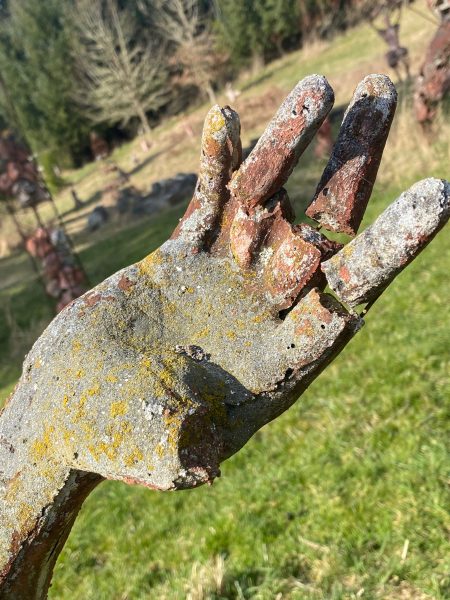
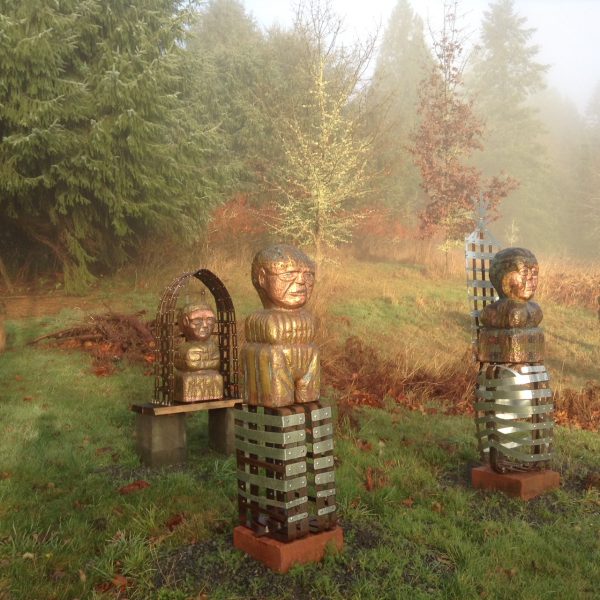
OTHER ARTICLES BY LONE:
How Artists are Surviving the Pandemic: Diane Walker
How Artists are Surviving the Pandemic: Diana Cronin
How Artists are Surviving this Pandemic: Victoria Foster Harrison
How Artists are Surviving this Pandemic: Sue Skelly
How Artists are Surviving this Pandemic: Judy Sorrels
How Artists are Surviving this Pandemic: Steve Parmelee
How Artists are Surviving this Pandemic: Diane Haddon
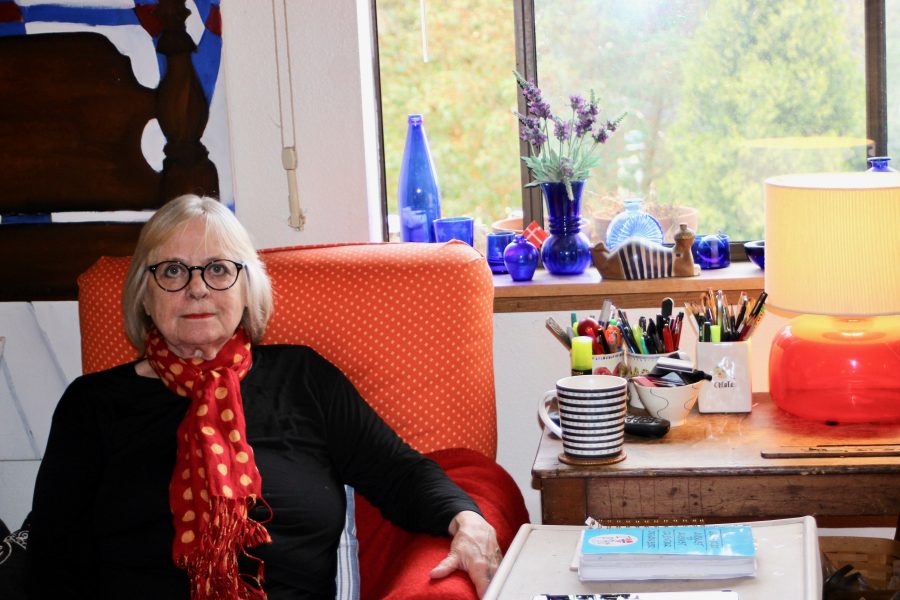
ABOUT LONE HANSEN. Lone is an artist who has owned several galleries in San Francisco, Seattle, and Bainbridge Island. She currently lives in Poulsbo where she is a member of the Poulsbo Arts League. During this pandemic and through her interactions with fellow artists, Lone has been creating art, gaining daily inspiration, cooking, and is taking care of dogs again. “I like this new normal,” she said. “It’s good for me – it is.” Lone has been “downsizing” her entire life – not just her studio, but her “whole life.” “It’s good to remember a life well lived,” she reflected. “Never boring, and it’s got me to where I am today.”